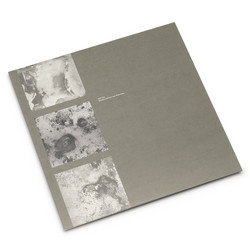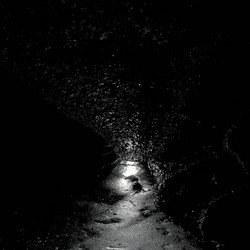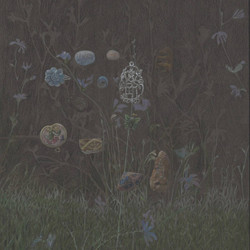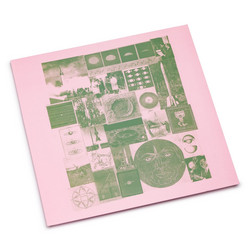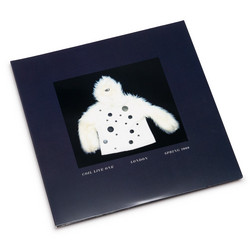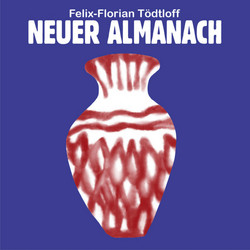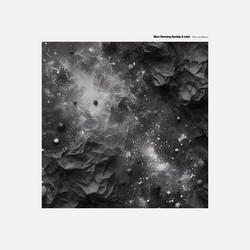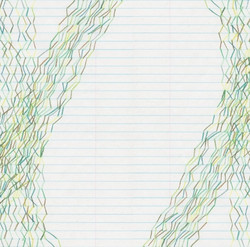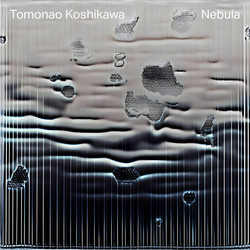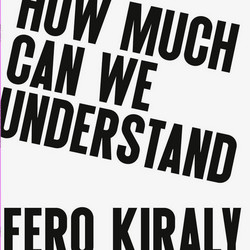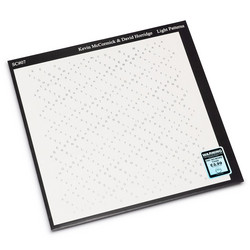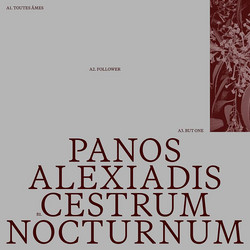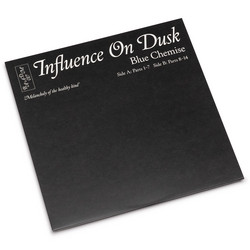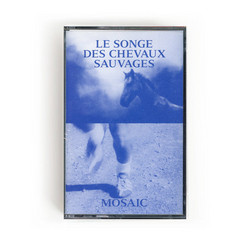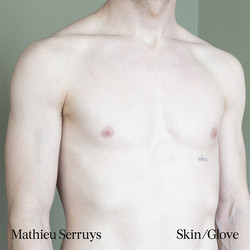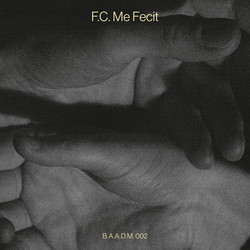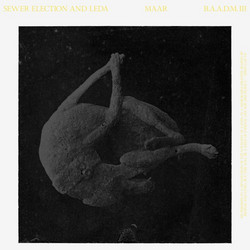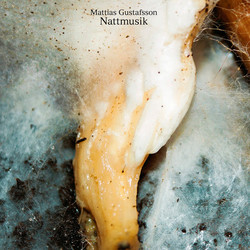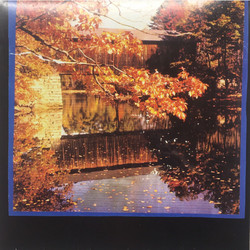*200 copies limited edition* With Processing Music, Casimir Geelhoed reasserts himself as one of the Dutch underground’s most quietly inventive composers, crafting an album that balances introspective digital musique concrète with the indeterminate poetry of acoustics. Geelhoed, known for his performances at festivals including Rewire, CTM, and FIBER, brings together a rigorous suite of self-developed software, live processing, and spatial sound to question how memory and transformation can be expressed musically without relying on nostalgia or familiar motifs.
Throughout the album, threads of overstimulation and fragility weave together, surfacing in moments where electronic and acoustic sources drift in and out of unrecognizability. Prepared organ tones, granular textures, and subtle glitches echo Geelhoed’s fascination with the instabilities inherent in signal processing, turning small sonic changes—sometimes as delicate as a breath or twitch—into the central drama. Yet there is also warmth: passages where timbres bloom and recede, hinting at fleeting clarity before fracturing once more. Geelhoed’s careful layering manipulates the listener's sense of distance and proximity, making each fragment feel unsettled but strangely familiar. The album finds its conceptual roots in Geelhoed’s recurrent interests in how sounds evolve over time: “It is about how that stream evolves… what these changes mean.” His process often involves iteratively applying digital techniques until the source itself is nearly effaced, foregrounding the transformation as both a sonic and emotional event. This approach resonates with the kind of careful abstraction and material investigation seen in the works of composers such as Mark Fell, Philip Sherburne, and Kenneth Goldsmith, all of whom have grappled with the poetic limits of digital music.
Listeners expecting overt climaxes or dramatic flourishes may instead find a music of gradual revelation and subtle complexity. There is little that announces itself; instead, transformations are often slow, nearly imperceptible, encouraging a deeper engagement with sound as process rather than product. The album’s spatial audio design underscores this, using 4DSOUND techniques to diffuse and dissipate sonic events in real time. Ultimately, Processing Music reframes the potential of software-driven composition as a potential site for both introspection and collective listening. Geelhoed refuses nostalgia, instead offering a music that is always “going somewhere”—restless, unfinished, and deeply attuned to the delicacies of perception. The album stands as a testament to the richness possible when digital technique serves not as an end, but as a means for exploring the fundamental uncertainties of musical experience.

